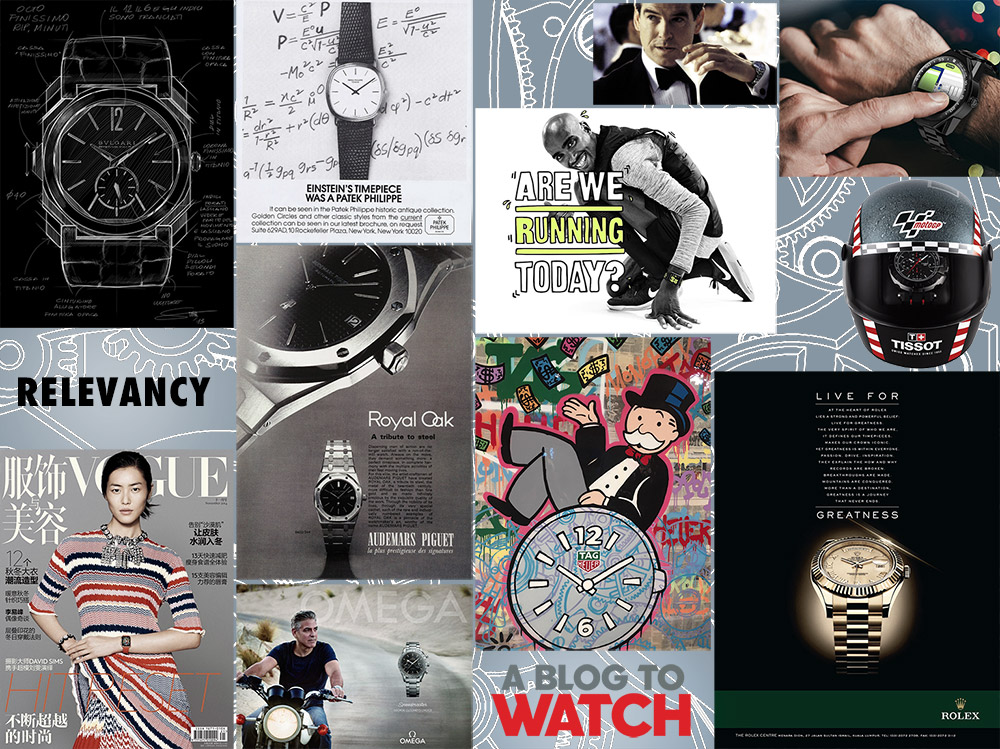
What Brand Ambassadors Are Actually Good For
One of the luxury watch industry’s favorite marketing exercises is to associate with people or events which they deem are popular. In their minds, the purpose of a brand ambassador (celebrity who is incentivized to wear or model their products) is to legitimize their products to audiences who would otherwise be cold to their offerings. This is a bad tactic.
I actually support the use of brand ambassadors, but only insofar as brands facilitate these relationships properly. There is a very wrong way to use brand ambassadors. What brands do wrong is hope that just because someone is famous, their wearing of a product will legitimize it to audiences and thus increase sales. That simply is not how it works. It might work like that for certain consumer products that are more or less similar to competitor products (like breakfast cereal or toilet paper), but it doesn’t work very well with high-priced luxury products.
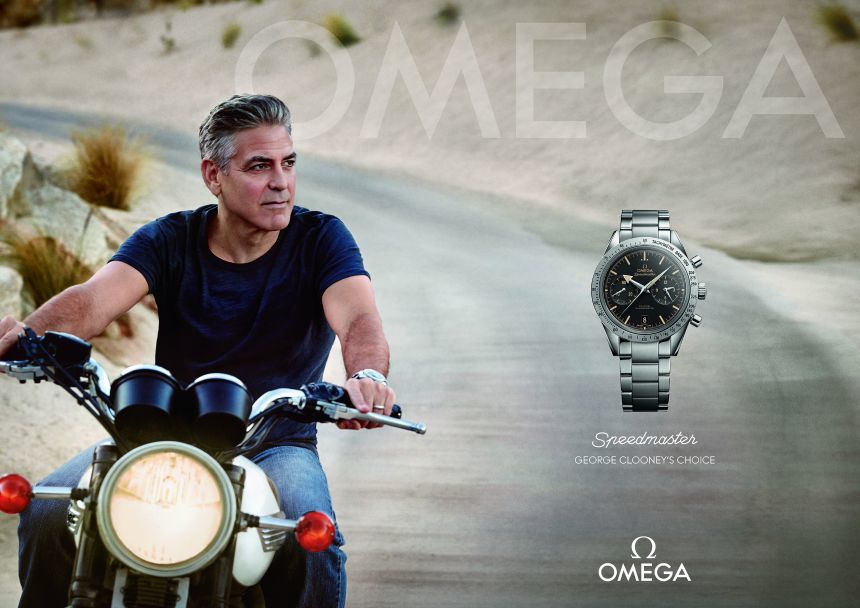
A paid brand ambassador will never convey the merits of a product better than the brand itself can do through effective marketing. In luxury, I believe that brand ambassadors do one thing and one thing only – which is to help increase product and brand awareness. This is very important for the discussion of relevancy because ineffectively using a brand ambassador can at best do nothing to make someone’s product more relevant. At worst, it can hurt relevancy because members of the public do not wish to wear a product that was paid to be on the wrist of a famous person.
Relevancy can be fostered, however, when a brand ambassador is used to simply share awareness of a product to larger audiences. Let’s take an advertisement as an example – this is where brand ambassadors work well. People walking about seeing an advertisement for a watch brand might just keep walking by if they are not familiar with the brand, or if there is nothing immediately eye-catching. If, however, that same ad contains a face that they know and ideally like, then they will take a few extra seconds to pay attention to the rest of the ad.

Nothing about that scenario makes someone want the product featured in the ad more or less. Rather, the placement of the famous person in the advertisement compels extra attention because that celebrity is perhaps more relevant to the life of the consumer than the watch brand. Once the watch brand has the consumer’s attention, they still need to actively appeal to that consumer. Thus, the role of the brand ambassador is to help consumers pay a bit more attention to messages they might otherwise miss. If those messages they are now seeing are of a low quality or wholly irrelevant, then no matter who the brand ambassador is, the advertisement will fail.
Watch brands eager to work with celebrities often jumble (in my opinion) the specific use that brand ambassadors have. One of the main ways they jumble the use of them is by marketing their brand ambassadors as existing fans of that brand’s watches. That type of logic is totally backwards. Watch brand ambassadors are best used for audiences who would otherwise ignore or pass over messages from that watch brand. If they are marketing to an audience already familiar with the brand and its products, why confuse the message with the inclusion of a paid endorser?
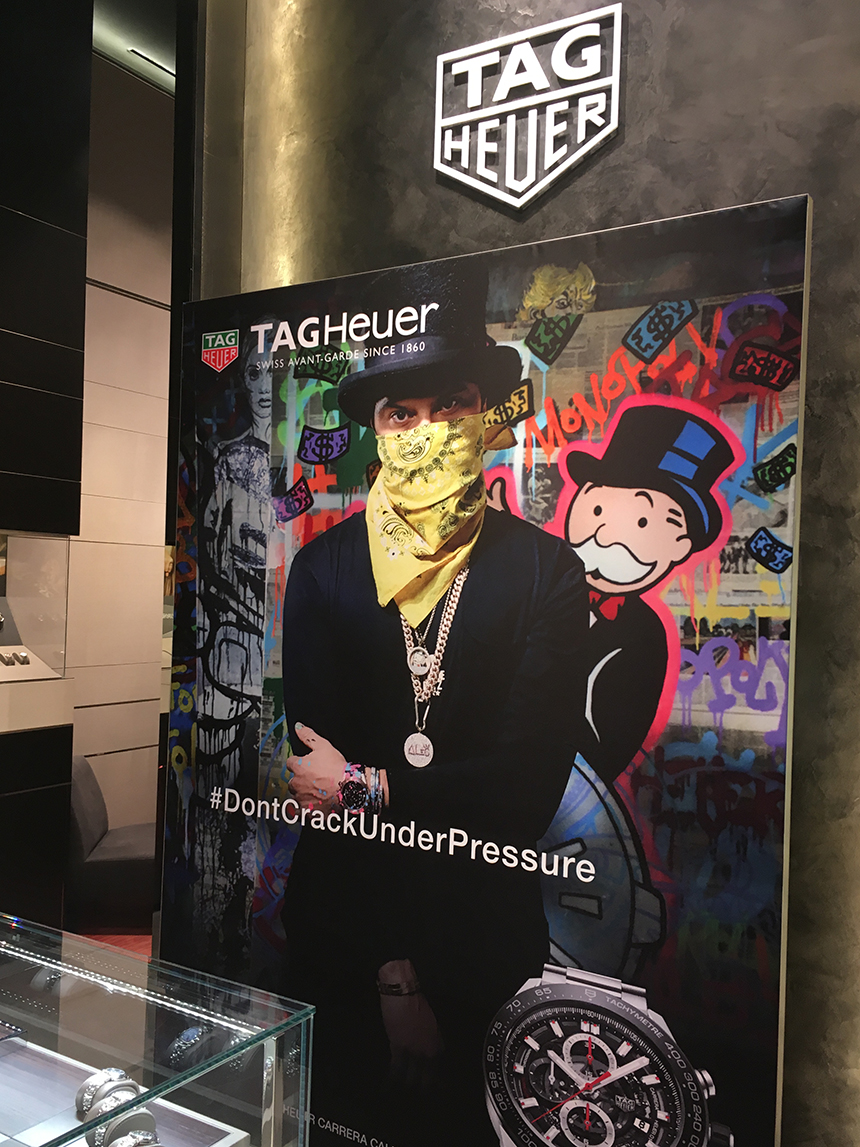
There are many clever ways for watch brands to use brand ambassadors, especially when it comes to presenting their products to new audiences (namely younger audiences). I’ll return to Mr. Biver for this example who understands this a lot better than most watch brand executives. The plethora of relationships Hublot and TAG Heuer have with a variety of partners, events, and people isn’t about increasing the appeal of the brand to existing audiences. Rather, it is about creating awareness for audiences that would otherwise not pay attention to messages about watches. What watch consumers confuse when they get irritated by these many partnerships, is that the majority of them aren’t meant to appeal to them.
When focusing on younger audiences, it is important for watch brands to carefully ensure brand ambassadors are simply conduits to get their brand messages to new audiences. Those messages must still have independent appeal outside of the message provider.
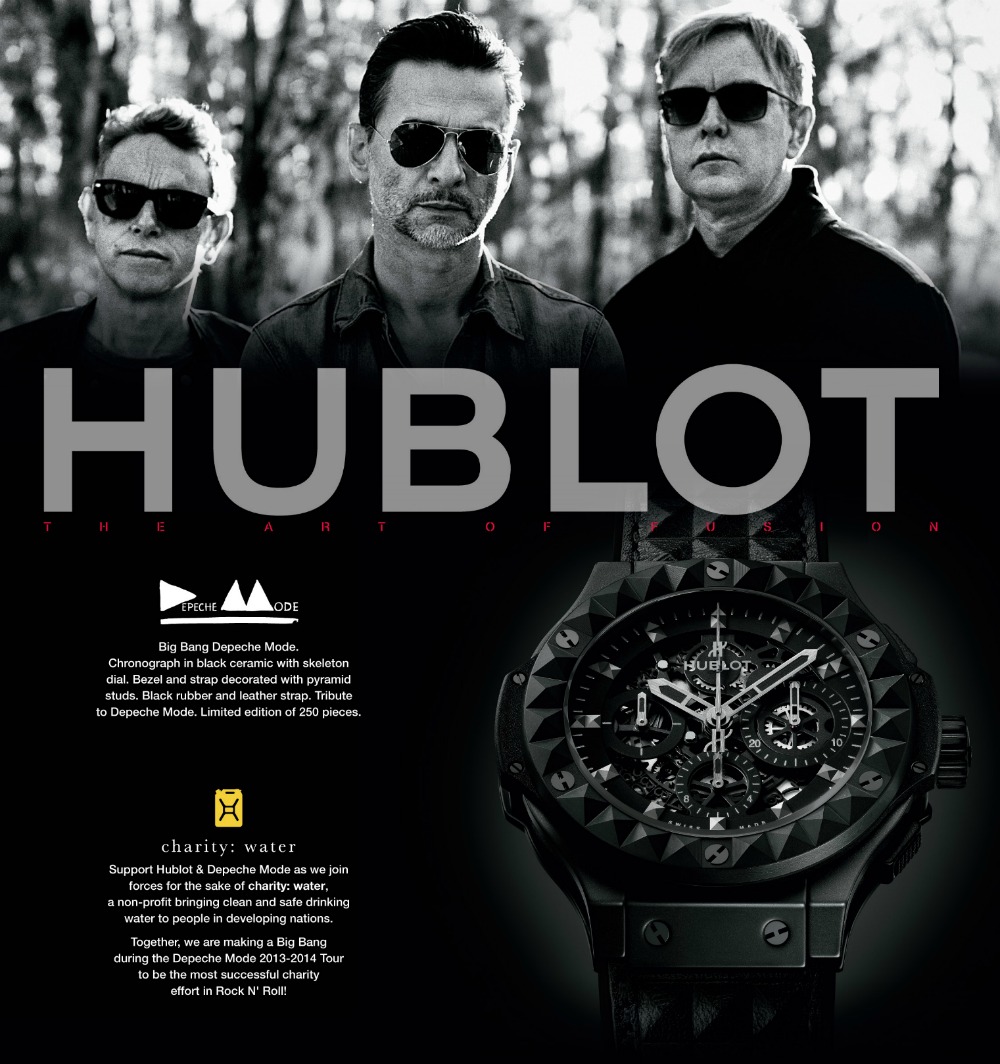
Suggestions for watch brands on how to create relevancy here: Watch brands keen to leverage the promotional power of brand ambassadors should understand the inherent limitations and dangers of brand ambassadors. Celebrities are not ideally suited to legitimizing a product unless they personally have passion for it. Rather, watch brands should only rely on celebrities to expose their messages to new audiences, and rely on quality messaging to appeal to audiences and thus create relevancy once they have their attention.
Furthermore, watch brands can easily remove relevancy by partnering with celebrities who would not actually wear their products, or who add negative sentiment to their products. Especially with young people, brand ambassadors who come across as inauthentic or sell-outs in general, can lend negative versus positive publicity.
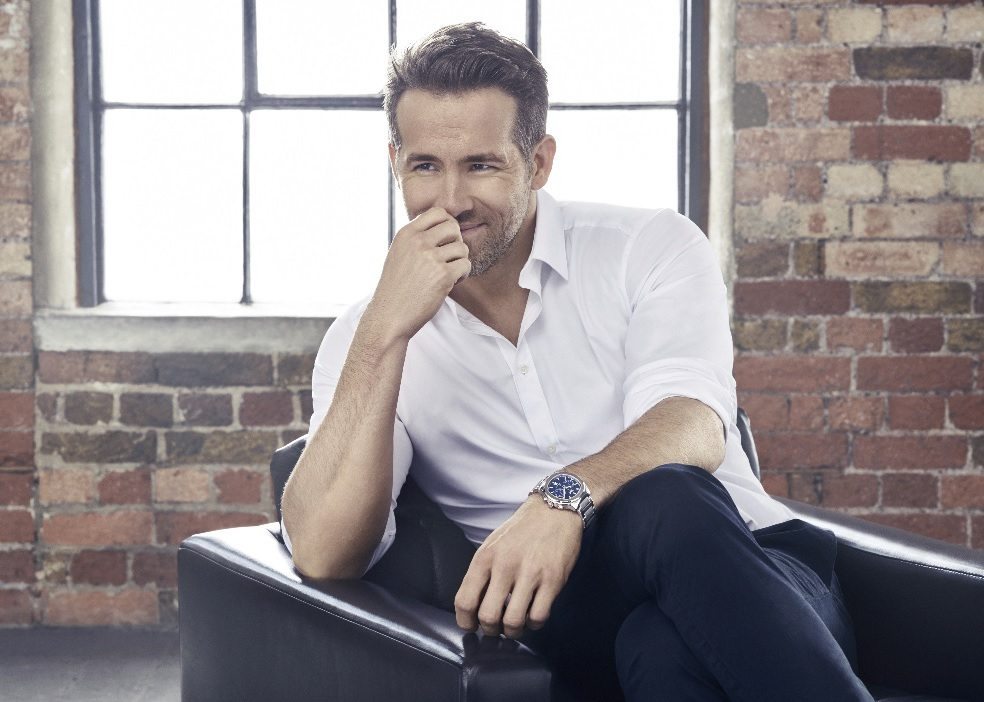
Marketing Message Malaise
At its core, the bulk of this entire discussion can be summed up as a commentary on marketing message failure in the watch industry. Allow me to share another real-life anecdote. There is a particular statement I hear from time to time coming from watch brands that amuses me as much as it irritates me. “We are not a marketing brand” is a phrase I hear proudly stated by executives at watch brands at least a few times a year. This sentiment is poorly consistent with logic.
What I think these people are trying to say is that they do not want to be the type of company to gain appeal with consumers using gimmicks. OK, I understand that, but the result is that they don’t send any messages at all as they aren’t engaged in marketing. “Marketing” in the context of business is really just another way of saying “communication.” What those unknowingly ignorant executives are actually saying is “we are not a brand that communicates.”
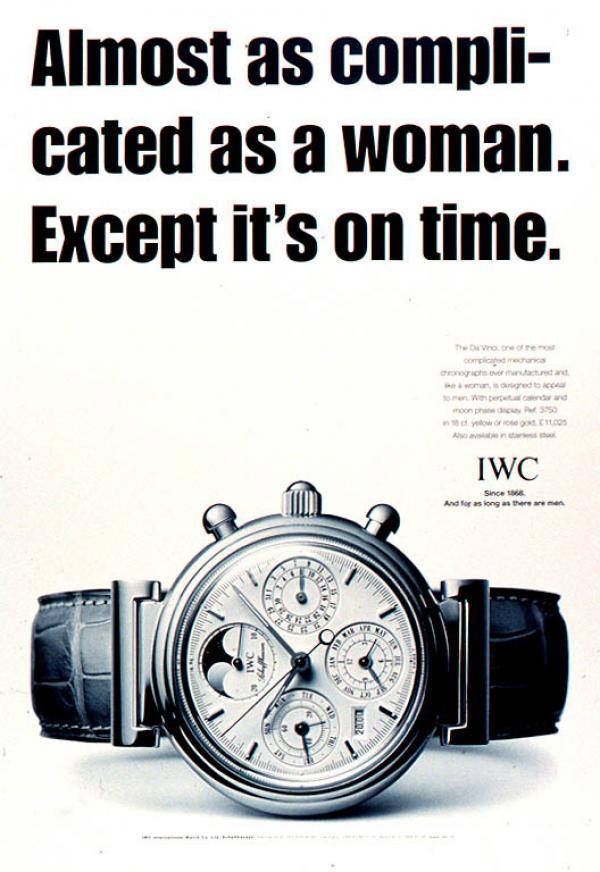
The luxury watch industry is a marketing-driven industry. This is a 100% accurate statement, and I challenge anyone to dispute me. That means in order to create and foster appeal, brands need to communicate their values and messages to consumers. What happens, however, is that brands tend to focus too much on how to distribute messages rather than forming messages. If you do just one of these things, your marketing efforts will fail.
Effective marketing is a combination of creating a good message and then distributing that message. aBlogtoWatch, for example, offers advertising to watch brands. That is a means of distributing a marketing message. Those messages must first be created, a task either done in-house at a company or typically via third-party agencies. Brands are pretty good at choosing where to distribute their messages, and as such are keen to understand many of the message outlets that are relevant to their customers. Where brands fail is in properly producing marketing messages in the first place.
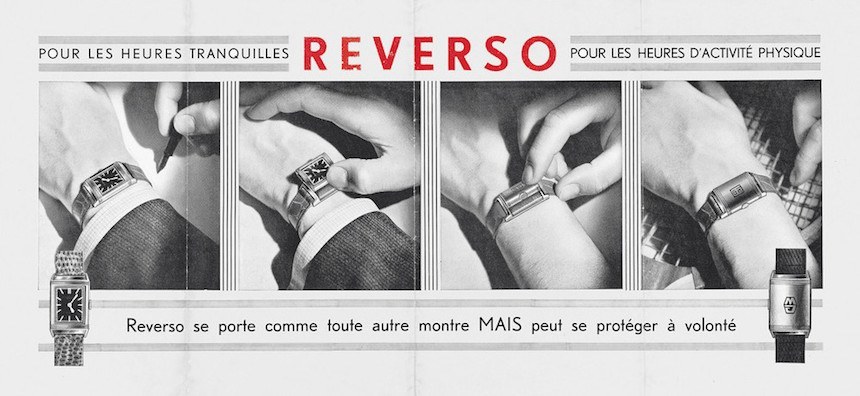
I’ve long taken issue with watch brand marketing as I’ve found the bulk of it to be meaningless at worst, and irrelevant to myself as a consumer at best. Anyone who has watched the popular television series Mad Men knows something important, that brands are typically not in the best position to come up with their own marketing messages – and thus why they hire pricey agencies.
Marketing is complicated by the fact that messages should be fun and relevant, while also honest and authentic. Once again, I blame inherent risk-aversion in the watch industry as a primary cause of why so little interesting marketing messaging is created. It isn’t as though they don’t have the money or resources to get the right messages made by qualified parties. They have plenty of it. Rather, they don’t have the culture of risk-taking that allows them to understand their marketing messages will appeal to some people, but not everyone. A fear of alienating even a few people has created a deep marketing conservatism which has more or less neutered the potential of luxury watch marketing. Without taking risk or having a bit of fun, the chances to create on-point relevant marketing messages to promote luxury watches is very low.
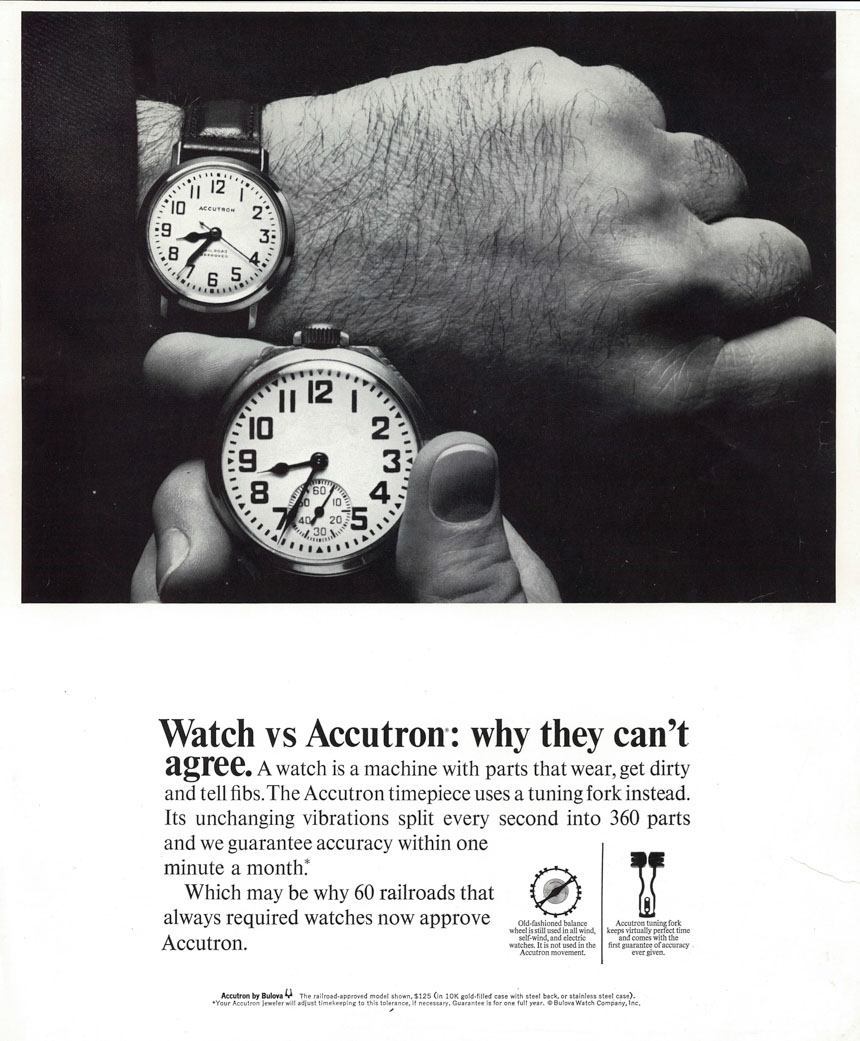
Suggestions for watch brands on how to create relevancy here: Watch brands today are in an excellent position as technology makers because no one really needs their technology to work very well. People have a rich passion for mechanical watches even though they are aware less expensive quartz watches perform better. The point is that because there are few people who actually rely on their watches to do better than other things from a functionality perspective, watch brands are theoretically able to have enormous amounts of freedom in how they creatively craft marketing messages.
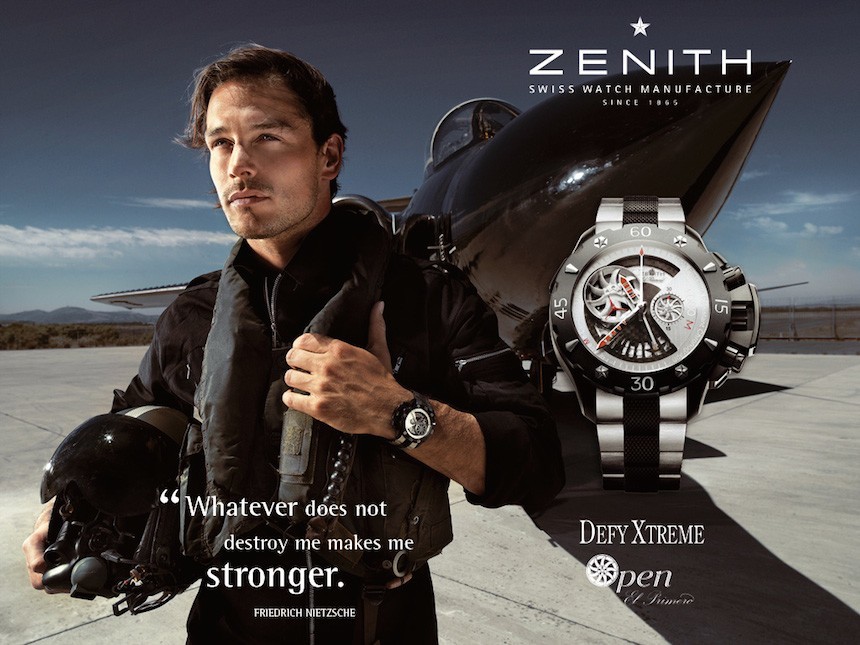
I personally recommend that watch brands get a lot more playful and have a lot more fun with their marketing messages. The typical watch brand advertisement today includes the name of a watch, the brand, and picture of that watch. That is pretty much it. These ads are not only devoid of personality, but they are devoid of an actual message! When I speak to brands on why this happens a typical response is “that is all that we are allowed to do.” It is shameful that top decision makers at watch brands have restricted marketing departments from doing their job to capture the minds and hearts of consumers who would be open to learning more about luxury products. Again, this goes back to not taking risks, which is a harmful sentiment that hurts the watch industry more than it helps them.
In order to improve watch brand marketing so that more relevancy can be created with consumers, decisions makers in Switzerland and other conservative parts of the world need to simply cede control. It is true that conservatism does aid in the production of a good watch. It does not, however, aid in successful communication about that watch. After letting marketing departments be free to experiment with marketing messages, I would guess that the quality of watch industry marketing materials will vastly improve.
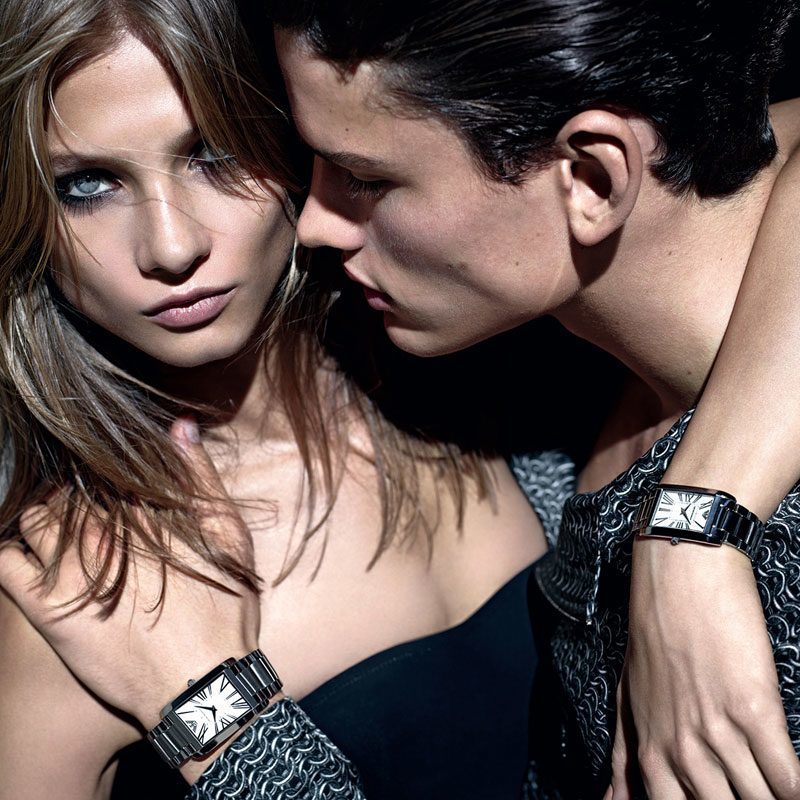
The Erosion Of Luxury Substance
“Luxury” isn’t luxury just because it refers to itself as “luxury.” Luxury is an earned status, and while the specific definition of luxury depends on the context, what I am referring to is the nature of a nice product actually being nice enough, and exclusive enough to command the price being asked for it. Luxury customers are subjected to the same potentially deceptive marketing practices as any other customers – if not more – when it comes to the promises made about the products being marketed to them.
In marketing overall, I have never seen a term more abused than “luxury.” You can see cheap housing being billed as “luxury apartments” and basic table condiments being described as “luxury mustard.” Luxury is so fluid and generic a term as it is typically used in common lexicon that it lends itself all too often to abuse. Easily the best thing the luxury watch industry can do is to temporarily stop using the term “luxury” altogether for a while. Leave the term for all the actually non-luxury items out there. I say all this because in order for a high-end watch to be considered a luxury product, it probably should not call itself a luxury product.
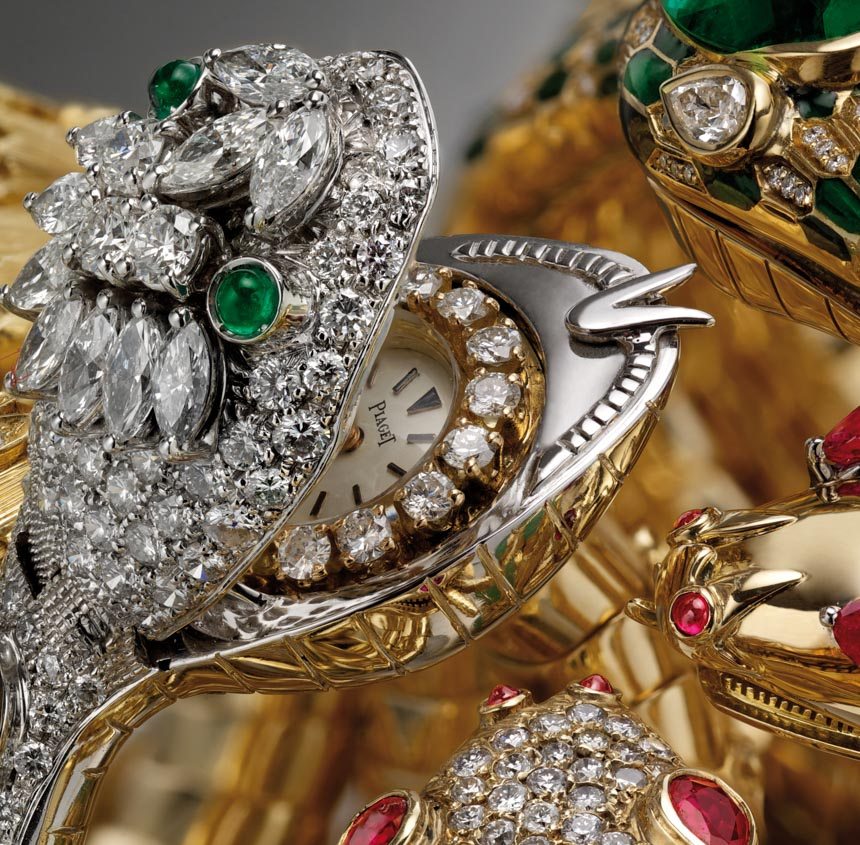
Many brands dream of being considered relevant as a luxury item for consumers. More brands seek this position than actually have it. Luxury in the context of watches should mean something which is painstakingly designed and assembled with more thought going into the end result versus the retail price. In essence, actual luxury products are produced by emotion-driven artists versus bottom-line driven accountants.
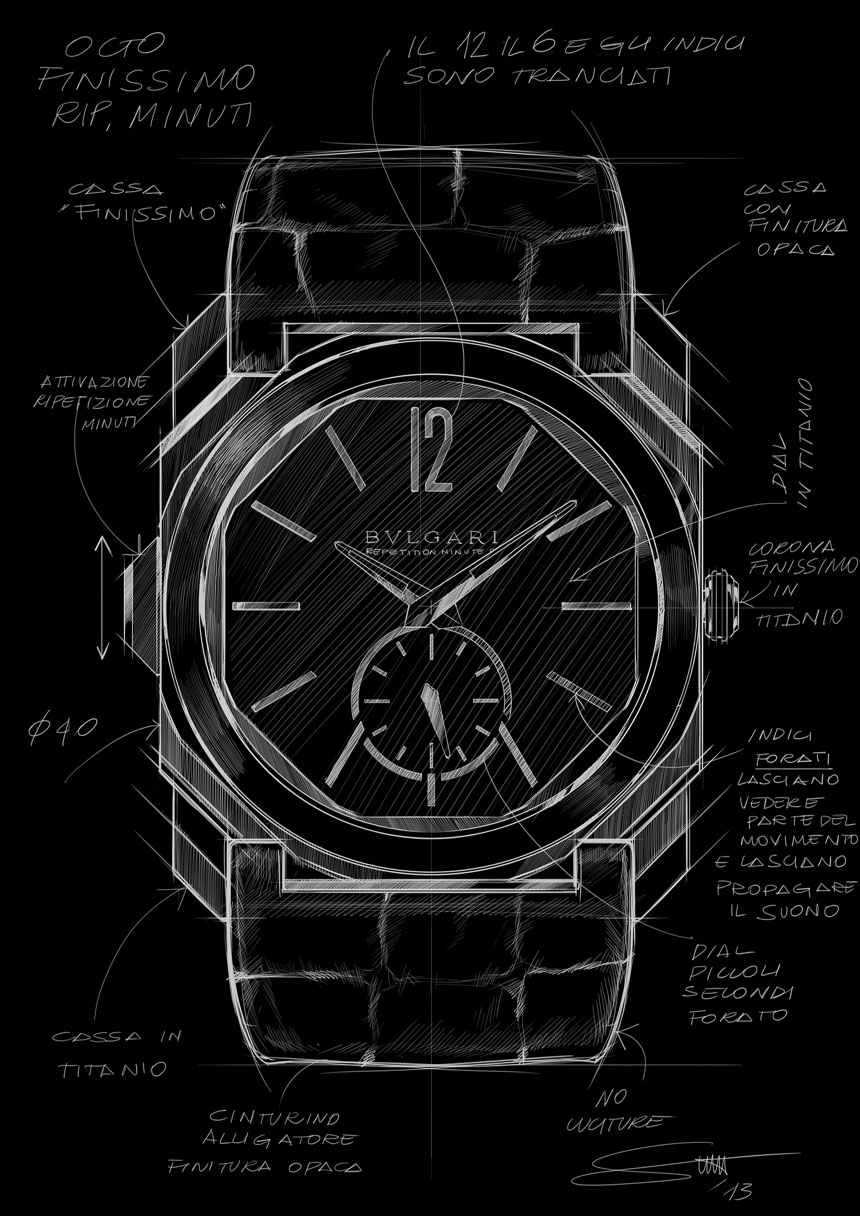
Using this foundation, watch brands should communicate messages which demonstrate their products satisfy this definition of luxury, not merely promise it. Marketing-delivered storytelling should be used to create luxury relevancy in demonstrating to consumers how high-end watches use expensive materials, formed via expensive manufacturing techniques, with expensive designs, assembled with expensive labor, cared for with expensive means, before being sold to consumers in expensive areas.

Any brand wishing to command a premium price for their products must persistently demonstrate to their audience how that brand satisfies the requirements to be relevant as a luxury brand, especially within the context of other luxury brands. Deep discounting, poor service or quality, bad customer services, etc. can all contribute to the erosion of actual luxury, but more importantly to a removal of a brand being considered relevant as a producer of luxury items. Thus, in order for brands to maintain or create an image of a luxury brand, they must be perpetually mindful of not eroding the factors that create a luxury brand in the eyes of consumers.

Suggestions for watch brands on how to create relevancy here: Deep discounting, poor customer service, and relative inferior quality (comparing the quality of one similarly priced item to another) are easily the biggest problems most high-end watchmakers have when it comes to maintaining or creating positions as relevant luxury brands. I am not suggesting that these issues have easy fixes, but brands must be cognizant that poor attention to these areas will naturally result in that brand losing relevancy to consumers as a luxury brand.
Further, repeated use of “luxury” and similar terms will have the unwanted effect of making a brand seem disingenuous. Luxury is not created via self-description, but rather demonstrated through undeniable qualities. Watch brands must focus on and promote their strengths as producers of high-end, exclusive items and promote them with specificity to consumers – rather than communicate blanket statements without any justification.

It has arguably never been easier for a luxury brand to extol its virtues than it is today. With social media and digital publications, the ease with which watch brands can communicate high-quality messages is unrivaled in history. This does, however, create a need for watch brands to create high-quality, on-point, relevant messages for consumers. For watch brands to stop robbing themselves of relevancy, they need to end communication conservatism, cede marketing control to qualified professionals, stick to what they do best by making high-quality products, and view luxury as a relationship with consumers. Like all relationships; love must be maintained, disagreements require resolution, and love and value need to be communicated with regularity. Each of these taken together is what forms lasting, and ongoing relevancy.

